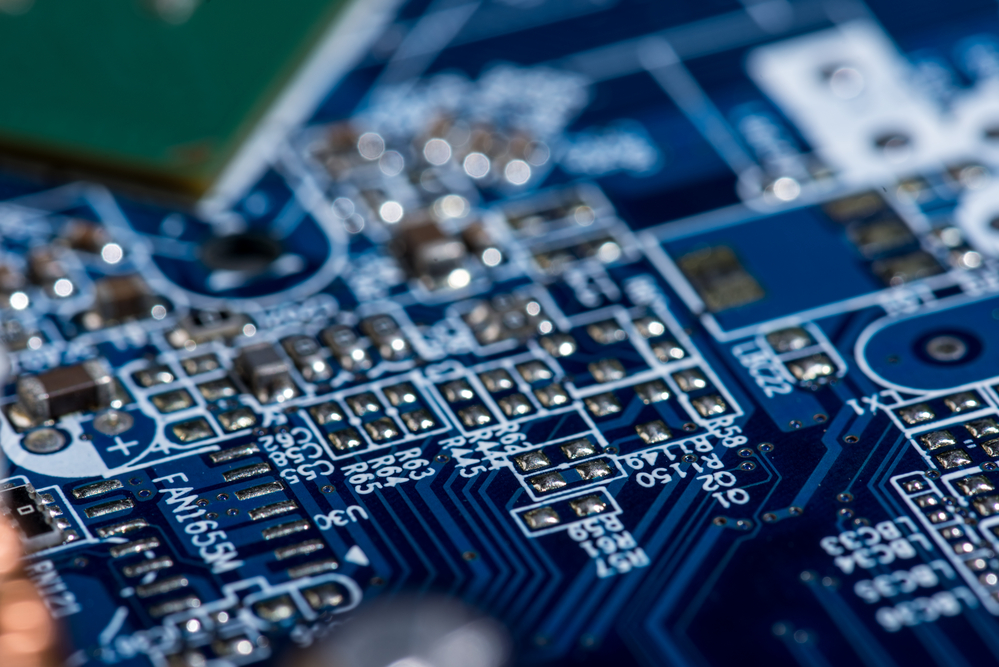Did you know that semiconductors play a crucial role in vehicles? They are used in a wide variety of ways, from powering the engine to keeping you safe on the road. By understanding how semiconductors are used, you can be sure that your car or truck is equipped with the latest and greatest technology!
1. The Anti-Lock Brake System (ABRS) uses semiconductors to monitor wheels speed and automatically prevent wheel lock-up while braking on a slippery surface. This system is used by drivers when accelerating, stopping, or turning while driving on wet roads or in situations with low traction – these are the most dangerous moments that can lead to loss of control. The semiconductor monitors the wheel speed and feeds that information into an algorithm, which calculates when and how much brake pressure must be applied for optimal anti-lock performance.
2. Another important way in which semiconductors are used in vehicles is in the Pulse Width Modulated (PWM) system. Pulse width modulation is a way of driving an electrical load using a pulse-width representation of the desired voltage or current in the form of a periodic “square” wave. It is used in many places, including circuits that control motor speed and direction, LED drivers for displays and backlights, and AC to DC power supply applications. In vehicles, it is used in everything from powering on the engine to adjusting power windows and mirrors to managing light while maximizing efficiency and reducing energy loss.
3. An important semiconductor application in vehicles is the Electronic Throttle Control (ETC) system. The ETCs use a computer-controlled actuator that replaces the traditional throttle cable, maximizing efficiency and offering a smooth driving experience. Inside the ETC system, PWM is used to control the actuator, which opens the throttle in response to driver input from a gas pedal. In this way, semiconductors allow the car’s computer to determine how much power is needed for optimal acceleration speed and run smoothly at all speeds.
4. Solar energy is the most abundant form of energy on earth, but unfortunately, it can be difficult to harness this resource for practical use. Semiconductor-powered solar panels are used in vehicles to help solve issues with current solar panel technology and create an efficient way to convert sunlight into electrical power that can be stored. These semiconductors use solar cells to collect and convert sunlight into electricity. They also have the ability to monitor power flow during overcast conditions, reducing the risk of electrical current overload.
5. The Electronic Stability Program (ESP) is another semiconductor application designed to make driving safer for passengers and pedestrians alike. When the system senses that a vehicle might be in danger of spinning out of control, it automatically applies the brakes of the appropriate wheel or wheels and reduces engine power. A sensor in the car monitors its rotational movement and sends information to a computer that processes that data and makes appropriate adjustments to help keep the vehicle on course.
6. The last semiconductor application we will discuss today is to protect drivers from themselves! Some people may know this semiconductor application as an “idiot-proof” system, but in reality, it is designed to help protect you when you are driving. The semiconductor known as an Electronic Control Unit (ECU) helps monitor a car’s speed in some cars. It can automatically reduce engine power and even apply brakes if a collision is inevitable. This type of system is designed to prevent drivers from misusing or abusing their vehicles.
